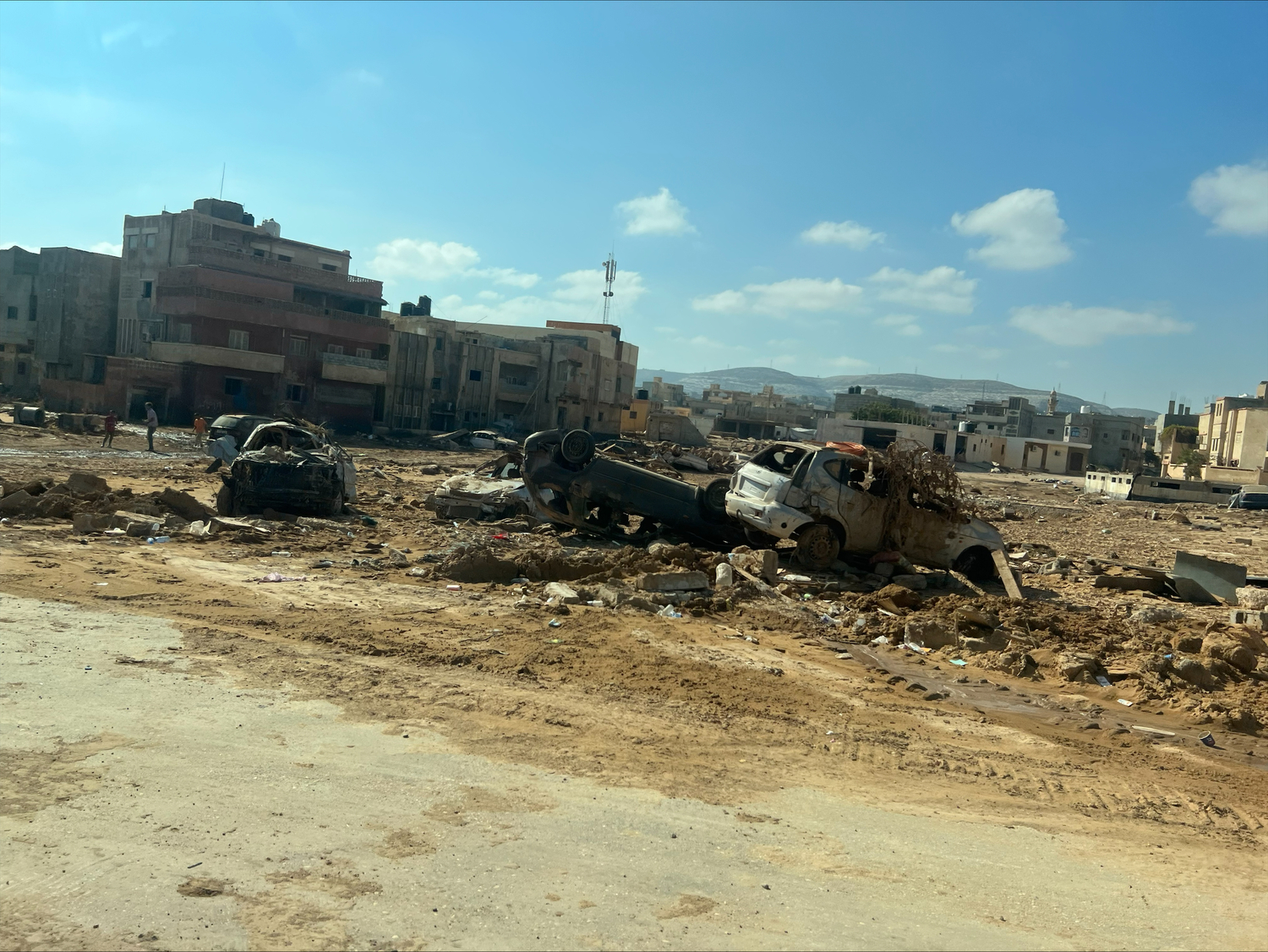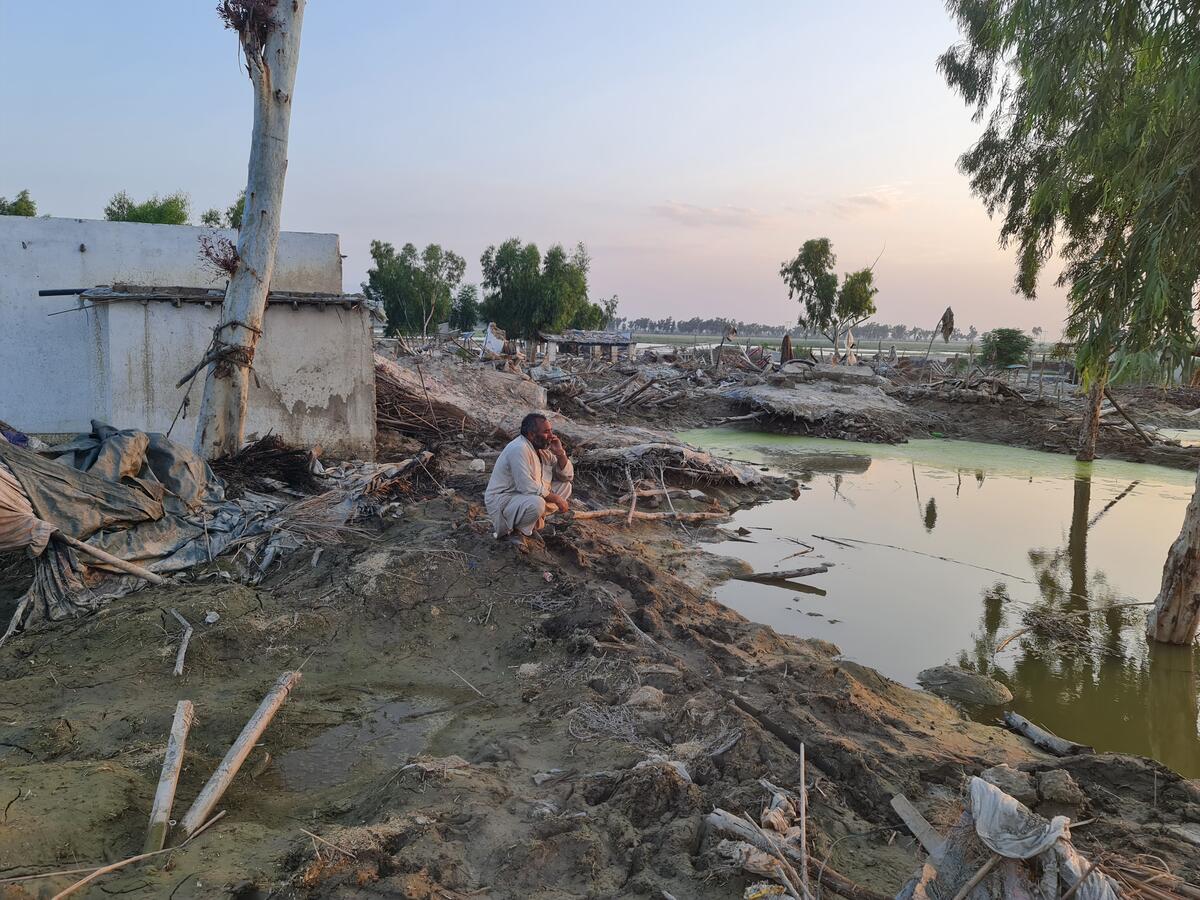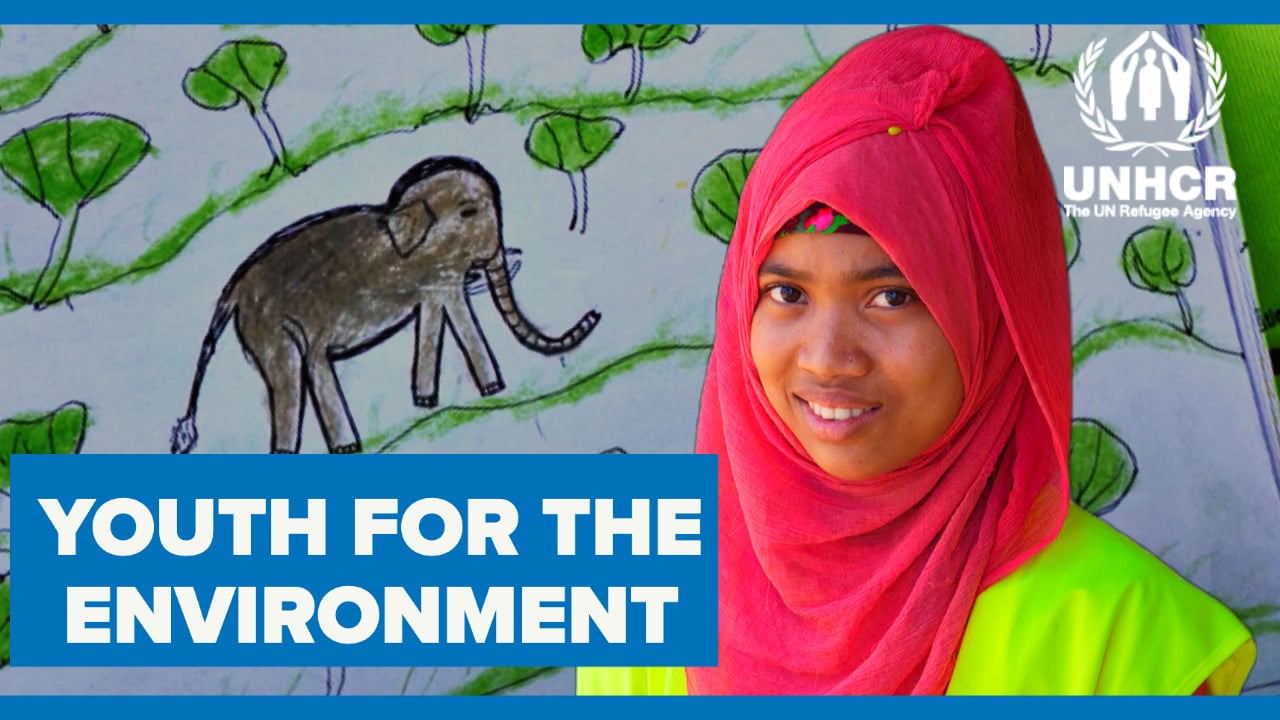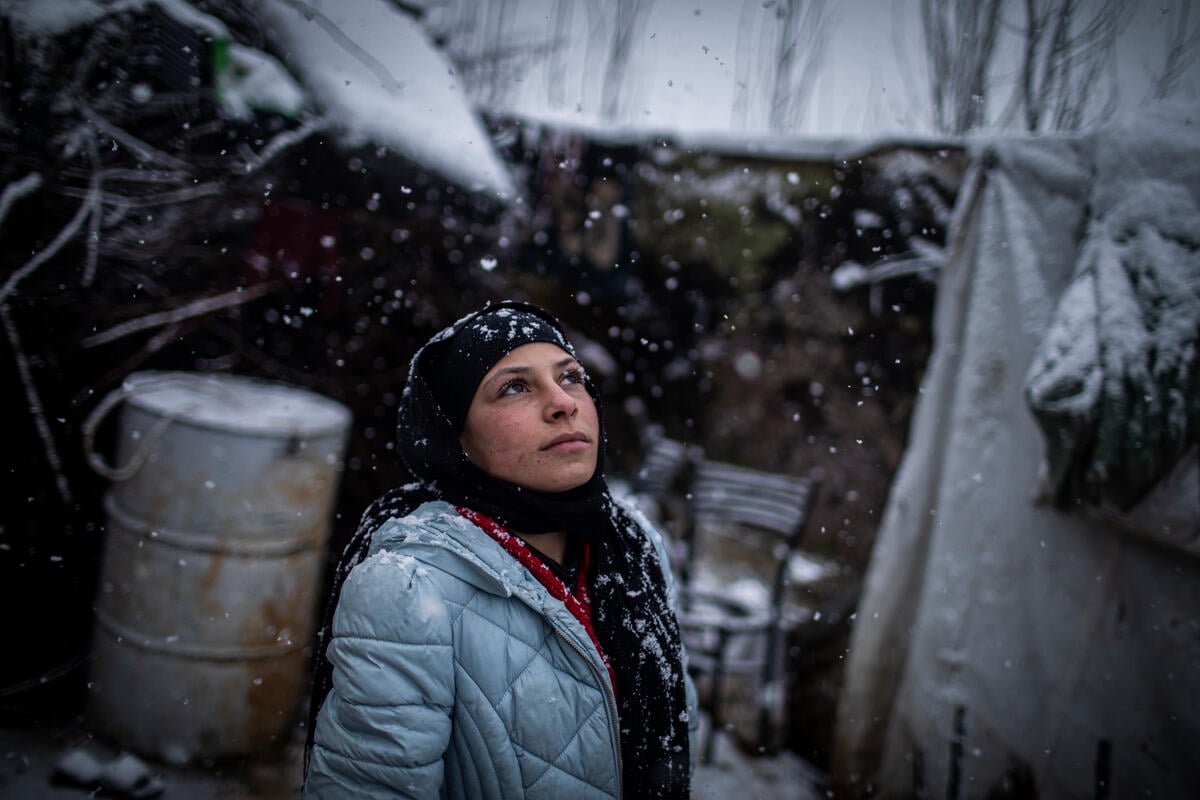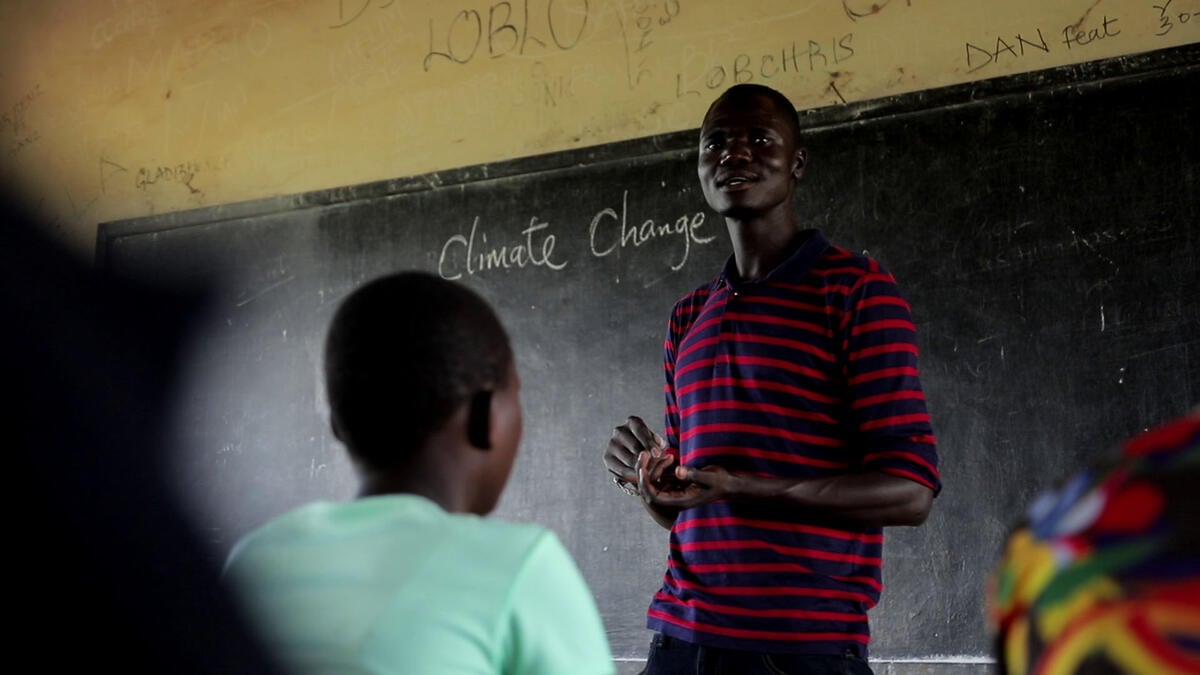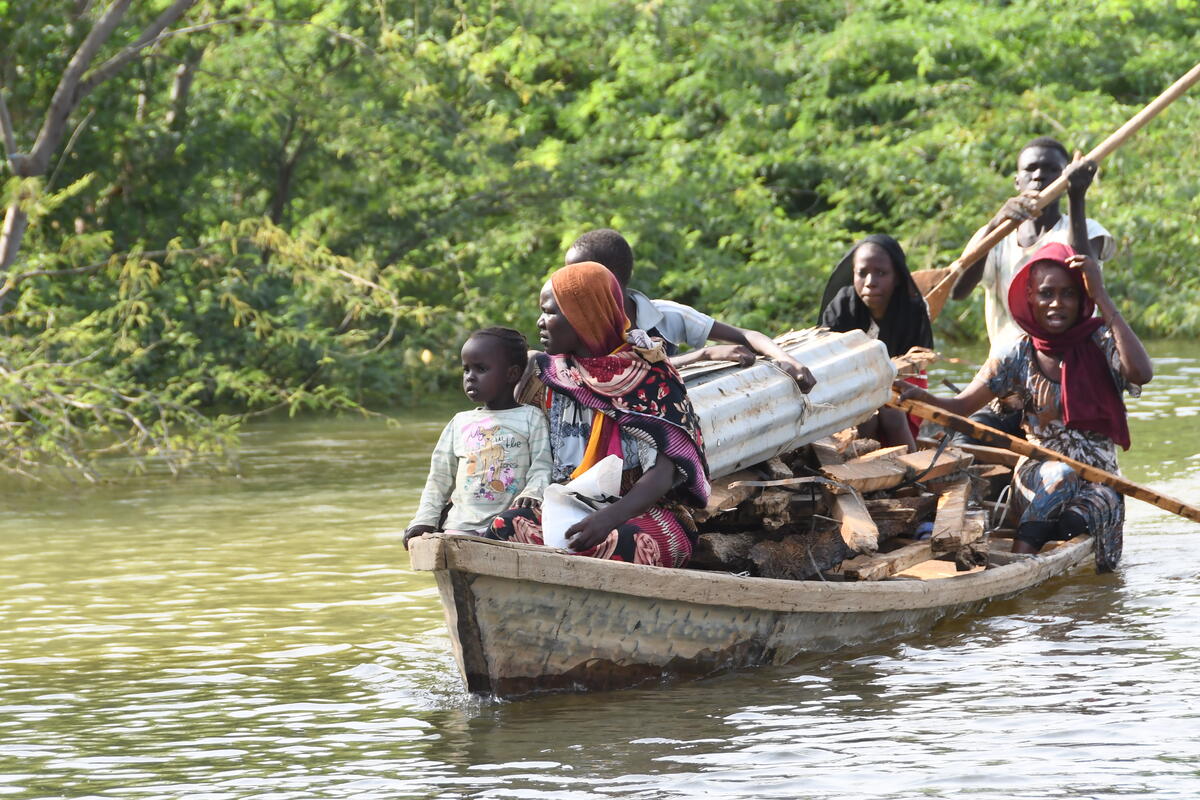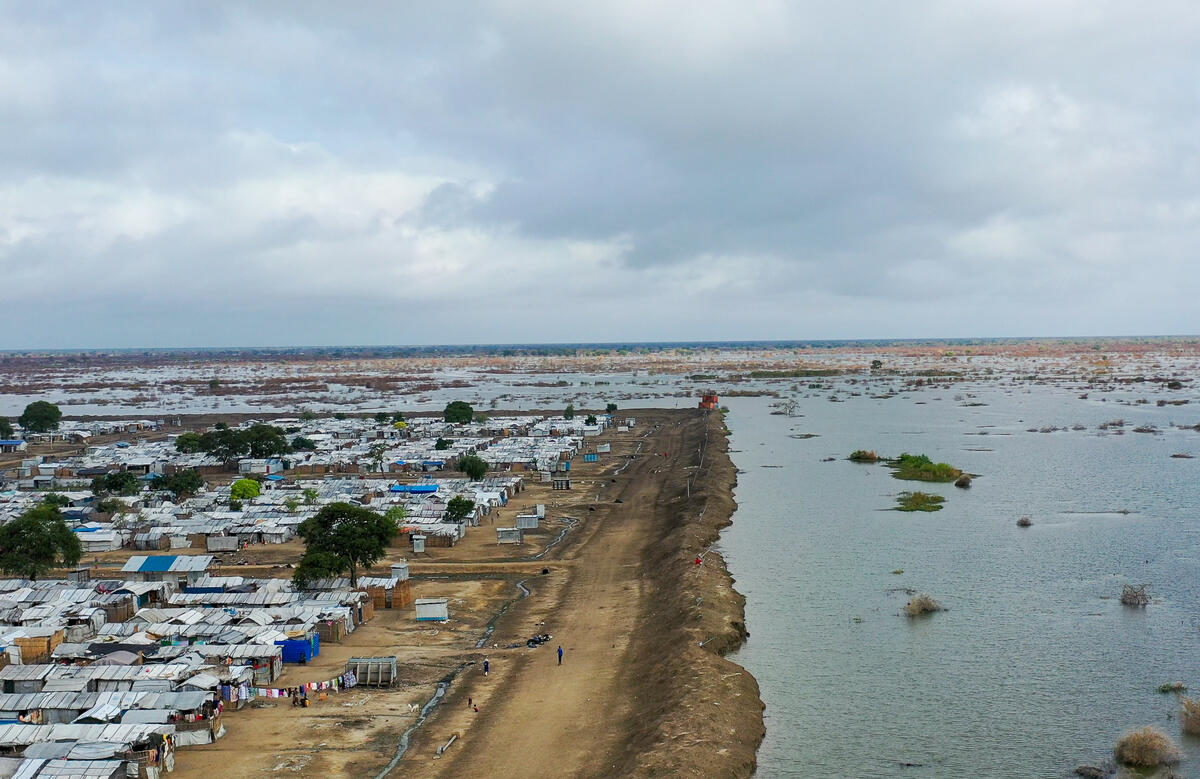UNHCR highlights the situation of Rohingya in no man's land, steps up preparations for monsoons
UNHCR highlights the situation of Rohingya in no man's land, steps up preparations for monsoons

UNHCR, UN Refugee Agency, is following the situation of several thousand Rohingya who have been living in a so-called “no man’s land” near the border between Myanmar and Bangladesh since the end of August 2017.
We estimate there are some 1,300 families, approximately 5,300 men, women, boys and girls living in the area near Tombru canal. Several representatives of this group have indicated that they fear returning home and wish to seek safety in Bangladesh.
UNHCR reiterates that everyone has the right to seek asylum, just as they also have the right to return home when they deem the time and circumstances right. People who have fled violence in their country must be guaranteed safety and protection, and must be consulted on their future. Any decision to return must be voluntary, based upon a free and informed choice.
Meanwhile in Bangladesh, together with the authorities, UNHCR and partners continue to step up preparations to ensure that refugees are as well-protected as they can be ahead of the monsoon season. To date, we have distributed over 33,000 upgraded shelter kits for refugee families, including biodegradable sandbags to help anchor the structures.
Small engineering projects continue in the settlements where UNHCR operates to build bamboo-reinforced footpaths and stairs, raised bridges, and retaining walls for soil stabilization and drainage networks. We are also pre-positioning 35 containers of post-storm relief items at distribution points across Kutupalong and Nayapara camps.
Families most at risk of floods and landslides will be encouraged to relocate to other areas.
Given the limited land available in the settlements, strict prioritization on relocations will need to be undertaken.
Today, we began relocating the first 50 families living in one flood prone area to a new and safer part of the site. They will be among 381 households who will be relocated over the next week. Other families will be relocated by the International Organisation for Migration (IOM).
We continue consultations with the Bangladesh government about additional land that might be made available for relocation. This would allow us to increase the number of refugees we can relocate who are currently living in locations at risk of landslides or flooding in the coming weeks.
UNHCR staff are facilitating community engagement in preparedness efforts, in particular on appropriate messaging to communities likely to be affected by landslides, floods or cyclones, and analysing community coping mechanisms and preparedness plans.
For more information on this topic, please contact:
- In Cox’s Bazar, Caroline Gluck, [email protected], +880 187 269 9849
- In Dhaka, Joseph Tripura, [email protected], +88 01 713 090 375
- In Bangkok, Vivian Tan, [email protected], +66 818 270 280
- In Geneva, Andrej Mahecic, [email protected], +41 79 642 97 09

